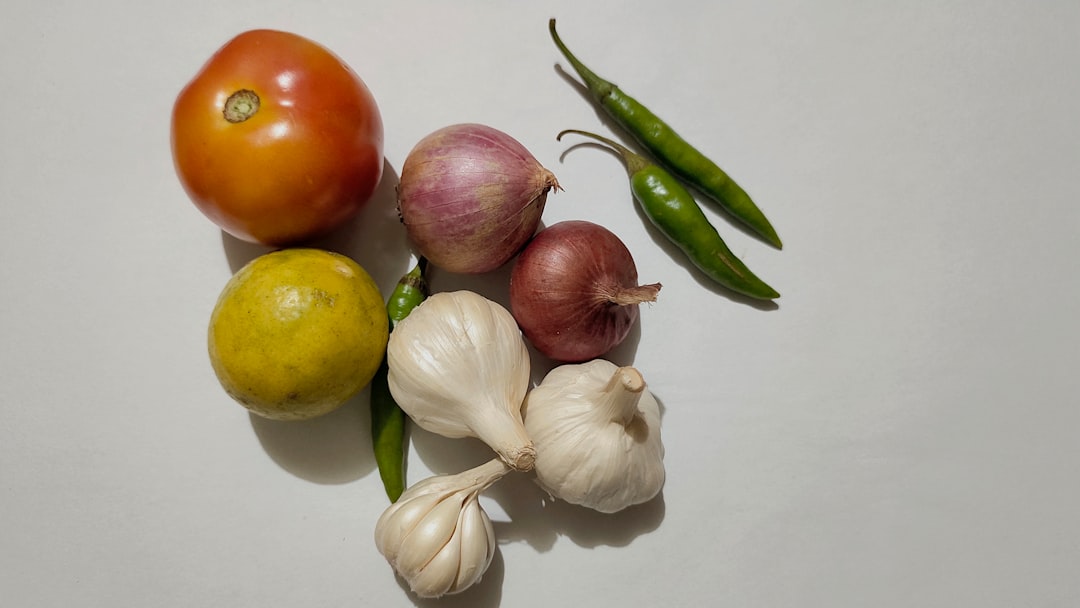Unleashing the Beauty of Rhododendrons: Pruning Secrets

When it comes to gardening, the allure of rhododendrons is undeniable. These magnificent shrubs, with their vibrant blooms and lush foliage, can transform any garden into a haven of natural beauty. However, to truly unlock their potential and ensure a bountiful display of fresh foliage and flowers, proper pruning is essential. In this article, we will delve into the art of pruning rhododendrons, providing you with valuable tips and techniques to help you achieve stunning results.
First and foremost, it's important to understand the best time to prune rhododendrons. Generally, the ideal time to prune these shrubs is immediately after they have finished blooming. This allows the plant to recover and set buds for the following year's flowers. Pruning too late in the season can result in the removal of next year's flower buds, so timing is crucial. In most regions, this means pruning in late spring or early summer.
Before you start pruning, it's essential to gather the right tools. A sharp pair of pruning shears is a must-have for any gardener. Make sure the blades are clean and sharp to ensure clean cuts and minimize damage to the plant. Additionally, you may also need a pruning saw for larger branches. It's important to sanitize your tools before and after use to prevent the spread of diseases.
When pruning rhododendrons, the first step is to remove any dead, damaged, or diseased branches. These branches not only detract from the plant's appearance but can also harbor pests and diseases. Use your pruning shears to make clean cuts at the base of the branch, as close to the main stem as possible. Be careful not to leave any stubs, as these can become entry points for pests and diseases.
Next, you can focus on shaping the plant. Rhododendrons can be pruned to maintain a compact, rounded shape or to encourage a more open, natural growth habit. To shape the plant, start by removing any branches that are growing in an undesirable direction. This could include branches that are crossing over each other, growing towards the center of the plant, or rubbing against other branches. Make your cuts just above a leaf node or bud to encourage new growth.
Another important aspect of pruning rhododendrons is thinning out the interior of the plant. Over time, rhododendrons can become dense and overcrowded, which can lead to poor air circulation and increased susceptibility to diseases. To thin out the interior, selectively remove some of the older, larger branches from the center of the plant. This will allow more light and air to reach the remaining branches, promoting healthy growth and reducing the risk of diseases.
In addition to removing dead and unwanted branches, you can also prune rhododendrons to encourage new growth and increase flower production. To do this, you can selectively prune some of the tips of the branches. This will stimulate the growth of new shoots and buds, resulting in a more abundant display of flowers. When pruning the tips of the branches, make your cuts just above a leaf node or bud, as this will encourage new growth.
It's important to note that rhododendrons should not be pruned too severely. These shrubs have a relatively slow growth rate, and over-pruning can cause stress and damage to the plant. As a general rule, avoid removing more than one-third of the plant's foliage in a single pruning session. If you need to make more extensive pruning cuts, it's best to spread them out over several years.
After pruning, it's important to care for your rhododendrons properly. Water the plant thoroughly to help it recover from the stress of pruning. You can also apply a layer of mulch around the base of the plant to help retain moisture and suppress weeds. Additionally, you may want to fertilize the plant with a balanced fertilizer to provide it with the nutrients it needs to grow and thrive.
In conclusion, pruning rhododendrons is an important part of caring for these beautiful shrubs. By following the tips and techniques outlined in this article, you can ensure that your rhododendrons remain healthy, vibrant, and full of flowers. Remember to prune at the right time, use the right tools, and make clean cuts. With a little care and attention, you can enjoy a burst of fresh foliage and flowers from your rhododendrons year after year.